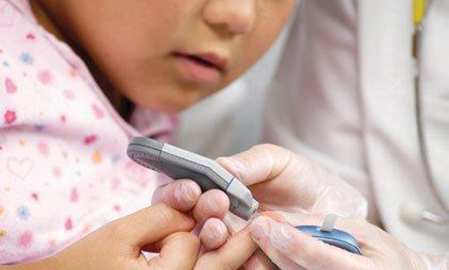The American Diabetes Association is lowering the A1C ceiling for type 1 diabetes patients ages 18 and younger from 8.5% to 7.5%. The research organization announced the change Monday at the group’s Scientific Sessions, the same day it published the supporting position statement in Diabetes Care.
The decision means the ADA’s recommendations will fall in line with those of the International Society for Pediatric and Adolescent Diabetes, the Pediatric Endocrine Society and the International Diabetes Federation.
Until now the ADA allowed for variable glucose levels in which patients under the age of six could go as high as 8.5%, children between the ages of six and 12 could be 8.0%, and adolescents 7.5%.
Researchers said the previous guidelines “arose from a combination of two lines of unsubstantiated evidence,” which predated innovations like insulin analogs and easily used glucometers. They write that the thinking at the time was that severe recurrent hypoglycemia accompanied by seizures or coma could have long-term consequences on brain development, but that high-ish glucose levels would not have long-term health consequences as long as they predated puberty.
Researchers note that recent studies show otherwise, and have failed to link neurocognitive decline with hypoglycemia among young children. Instead they report quite the opposite—that elevated glucose levels may “produce adverse outcomes in the short term on neurocognitive function.” They also note clinicians are increasingly thinking that keeping a lid on glucose levels before puberty may “reduce the risk for both micro- and macrovasular complications” later on.
Type 1 diabetes is associated with an increased risk for immunologic disorder celiac disease, and over- or under-active thyroids.








